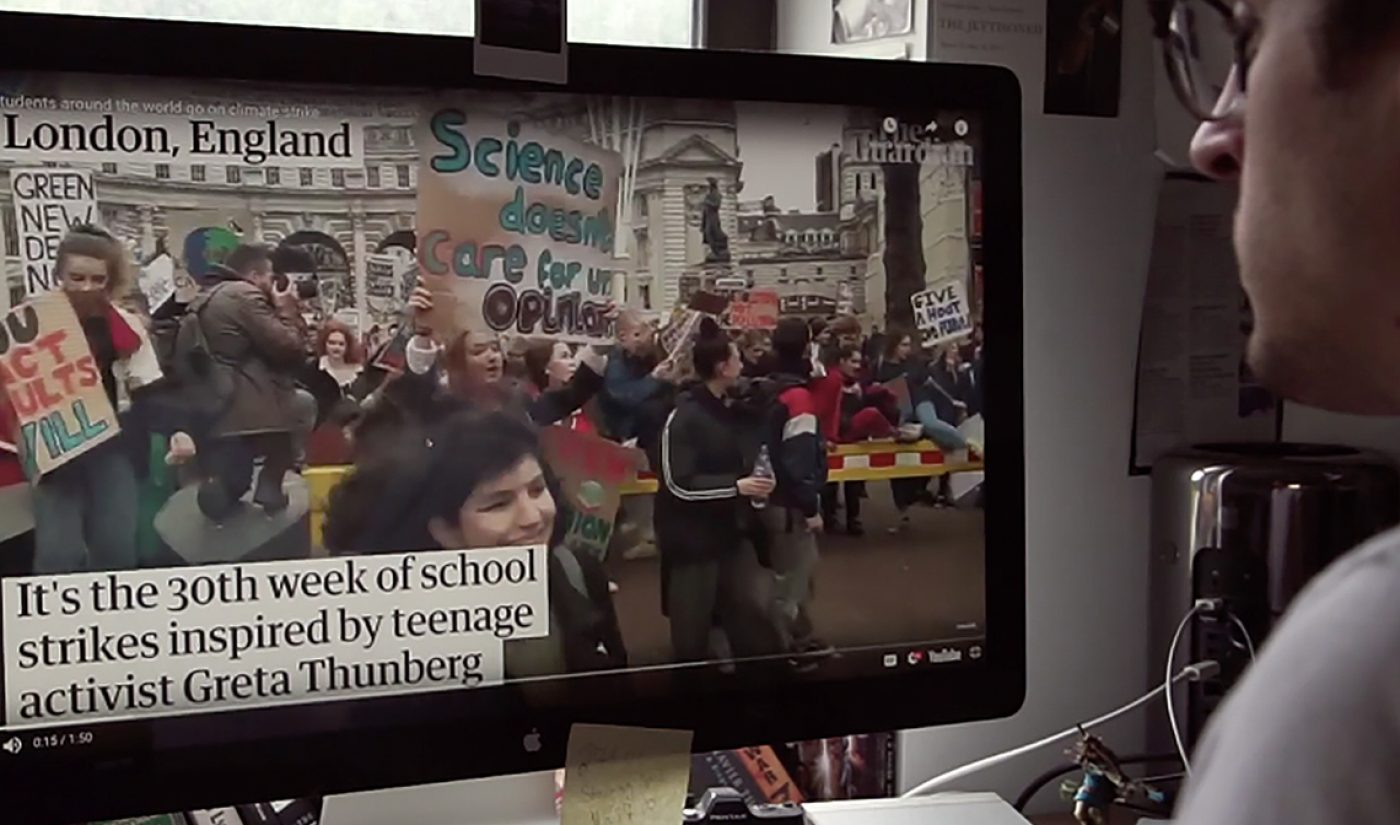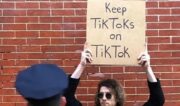When it comes to power, what was once disruptive is now institutional. Millennials are taking on roles where they dictate and shape institutional and structural power. At the same time, Gen Z is pushing the boundaries of traditional power structures, transforming and reconsidering cultural narratives, helping historically underrepresented voices get heard, and telling stories from a new point of view. This transition means that brands must develop new and innovative ways to connect with youth, and understand how their behavior can shape culture.
In an effort to understand and address these shifts, Viacom developed Power in Progress, a study and subsequent film about power.
We surveyed 11,000 people around the world, with a heavy focus on the 13-to-25 age group. 61% of the people we interviewed said their generation had more ability to positively affect change than any other, and 60% said that they want to closely collaborate with others to achieve their goal.

Subscribe to get the latest creator news
In short: Young people have a lot of power, and they know it.
Power structures are a work in progress
Despite these drastic shifts in perspective, it’s important to note that Gen Z’s worldview is still evolving. Many of them still can’t vote or drive, and some are just entering the workforce and trying to get a handle on adult life. But no matter what stage they’re in, one thing is for sure: power is part of their identity.
What does this mean for brands? It means they need to start thinking about how they can support young people. It means taking action that removes young people’s barriers to power, and empowers them to make impactful, systemic change. It means connecting with and influencing culture. Levi’s is a brand that does this well. Inclusive recruiting and healthcare initiatives have made them an ally to the LGBTQIA+ community for the past 30 years. Other brands have followed suit, so it’s not surprising that young people told us they’re four times more likely to trust brands than politicians.
A brand’s first step in connecting with younger audiences is to understand what’s expected of them, what opportunities they have, and what roles they can play. It’s about getting permission to participate in the new power dynamic and aligning their brand purpose with that power.
Basically, the kids are in charge, and for them, empowerment is an inside job. They’re embedded at a younger age, and their fluency with social platforms means they can harness power more quickly and more effectively than previous generations. Their role models — hello, YouTube celebrities — are also unlike any we’ve ever seen before. These influencers are new examples of what being powerful can look like, and have exposure to more possibilities and more opportunity to harness power than previous generations. YouTube celebrities also shine a light on how younger generations can tap into the networked power of the collective in an instant.
Brands have new roles to play
Based on these insights, Viacom has established nine unique power positions that brands can take. There are roles like the collaborator, which refers to harnessing the power that exists within their consumer base. There’s also the cheerleader, which is about empowering, showcasing, and encouraging underrepresented young people. Yet another role is the uniter, which involves brands using their platforms and resources to support cultural issues and movements that align with their audience’s values.
Gen Z’s vision of power is more holistic than that of its predecessors. For these young people, “I” is very much a part of a “we.” Individual power is no longer about the self; it’s about how the self adds value to the whole. This shift has huge ramifications for brands, who have traditionally established their own missions, and created marketing campaigns and product offerings that support those missions.
But young people don’t care about a brand’s internal, organizational mission — they want likeminded businesses to empower them, to help them unleash their individual and collective power for the greater good.
So what does this mean for your brand? Ask your consumers. They’ll tell you everything you need to know.

Maya Peterson is the senior director of culture and insights group at Viacom. In this role, Peterson and the team develop insights on cultural trends – and fans’ relationships to them – to help shape digital, social, and linear content for Viacom’s advertising partners.








